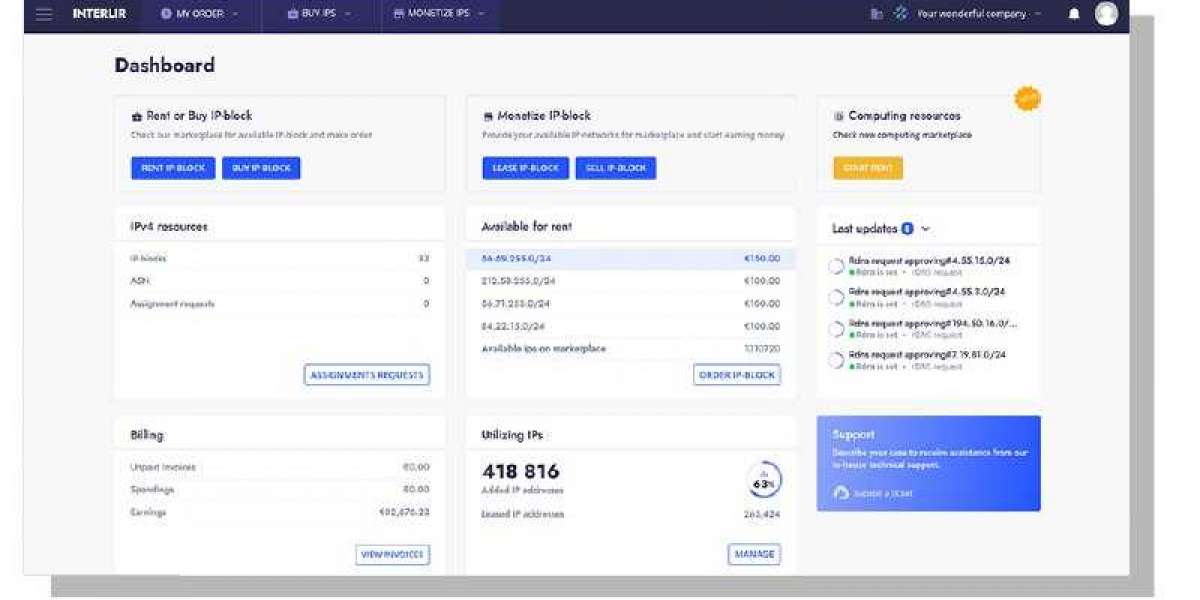In the modern construction landscape, energy efficiency is not just encouraged—it is mandated by law in most jurisdictions. Every new build, addition, or renovation project must comply with energy codes that ensure structures are designed to consume less energy and operate more sustainably. One of the most widely used tools to verify compliance is the Rescheck system, which generates reports accepted by building authorities across the United States. To understand how to navigate this process successfully, it is important to look closely at the Rescheck requirements that govern energy compliance.
The term Rescheck requirements refers to the specific standards and documentation that builders, contractors, and homeowners must meet in order to demonstrate compliance with energy codes such as the International Energy Conservation Code (IECC) or state-specific energy codes. These requirements involve submitting data on insulation, window performance, roof construction, wall assemblies, and other energy-related building components into the Rescheck software, which then calculates whether the project meets or falls short of compliance. If the requirements are satisfied, a compliance certificate is issued for submission with the building permit application.
One of the first Rescheck requirements is accurate data entry regarding building materials and design. This includes R-values for insulation, U-factors for windows, and details on ceilings, floors, walls, and foundations. Any errors in reporting these details can lead to an inaccurate compliance calculation, which might result in rejection during permitting. For this reason, builders and homeowners often rely on experts to prepare Rescheck reports to ensure accuracy and avoid costly delays.
Another key requirement is that the project must align with the energy codes adopted by the jurisdiction where construction is taking place. Energy codes are not uniform across the United States; they vary from state to state and even county to county. Some regions follow the latest version of the IECC, while others adopt older versions or state-specific modifications. Meeting Rescheck requirements means ensuring that the design complies with the correct code for the project’s location. Without this step, even a well-prepared report could be rejected by local authorities.
Flexibility is one of the most practical aspects of Rescheck requirements. The system uses a performance-based method that allows trade-offs between different components of the building envelope. For example, if the insulation in one area is slightly below code, it can be balanced by improving window efficiency or increasing insulation elsewhere. This flexibility allows builders to maintain creative freedom in design while still achieving overall compliance. However, it also means that careful calculations must be made to ensure all elements work together to meet the required standard.
In addition to design data, Rescheck requirements include submission of a compliance certificate to the permitting office. This certificate serves as official documentation that the project has been evaluated and meets energy efficiency standards. Building inspectors and code officials rely on this document to confirm compliance before issuing permits or approving construction phases. Without this certificate, projects risk delays, failed inspections, or even fines for non-compliance.
For homeowners, understanding Rescheck requirements is essential when undertaking renovations or additions. Many assume that energy codes apply only to new construction, but most jurisdictions require compliance for any significant alteration to a building’s envelope. Adding a room, finishing a basement, or replacing windows may all trigger the need for a compliance report. Submitting the proper Rescheck documentation not only ensures legal approval but also improves the efficiency and long-term value of the property.
From a financial perspective, meeting Rescheck requirements provides multiple benefits. Energy-efficient homes are less expensive to heat and cool, leading to lower utility bills. They are also more comfortable, with consistent indoor temperatures and fewer drafts. Furthermore, energy compliance can increase property resale value, as buyers increasingly look for homes that are environmentally responsible and cost-effective to operate. For developers and contractors, compliance prevents costly delays and establishes credibility with both clients and inspectors.
Another important aspect of Rescheck requirements is environmental impact. By enforcing energy codes, the system helps reduce overall energy consumption and greenhouse gas emissions. This aligns with broader efforts to combat climate change and promote sustainable development. Builders and homeowners who meet compliance not only fulfill legal obligations but also contribute positively to environmental conservation efforts.
Technology has also made it easier to meet Rescheck requirements. Reports can be generated and submitted electronically, often within 24 hours. This allows builders to keep projects on schedule and reduces the amount of paperwork required. Many professional services now specialize in preparing and submitting compliance reports, offering homeowners and contractors a convenient way to meet requirements without navigating the technical aspects themselves.
Common challenges in meeting Rescheck requirements often stem from misunderstanding local codes, providing incomplete data, or attempting to bypass compliance altogether. These mistakes can result in project delays, added costs, or denial of permits. To avoid such issues, builders and homeowners are encouraged to work with experienced professionals who understand both the software and the applicable energy codes. A properly prepared compliance report not only speeds up the permitting process but also ensures peace of mind that the project is legally sound.
Looking ahead, Rescheck requirements are likely to become even more stringent as states adopt newer versions of the IECC and prioritize energy conservation. Future projects will likely require higher insulation levels, more efficient windows, and advanced construction techniques to meet compliance. Builders who stay informed about these changes will be better positioned to adapt quickly, while homeowners who invest in compliance today will enjoy homes that are future-proof against evolving standards.
In conclusion, Rescheck requirements play a crucial role in ensuring that construction projects meet energy efficiency standards. By standardizing compliance through accurate data reporting, flexible trade-offs, and official documentation, Rescheck simplifies a complex process for builders, inspectors, and homeowners alike. Meeting these requirements not only ensures legal approval but also delivers lasting benefits such as lower energy bills, improved comfort, higher property values, and a positive environmental impact. Whether you are building a new home, renovating an existing property, or managing a large-scale development, understanding and adhering to Rescheck requirements is essential for success in today’s construction industry.





